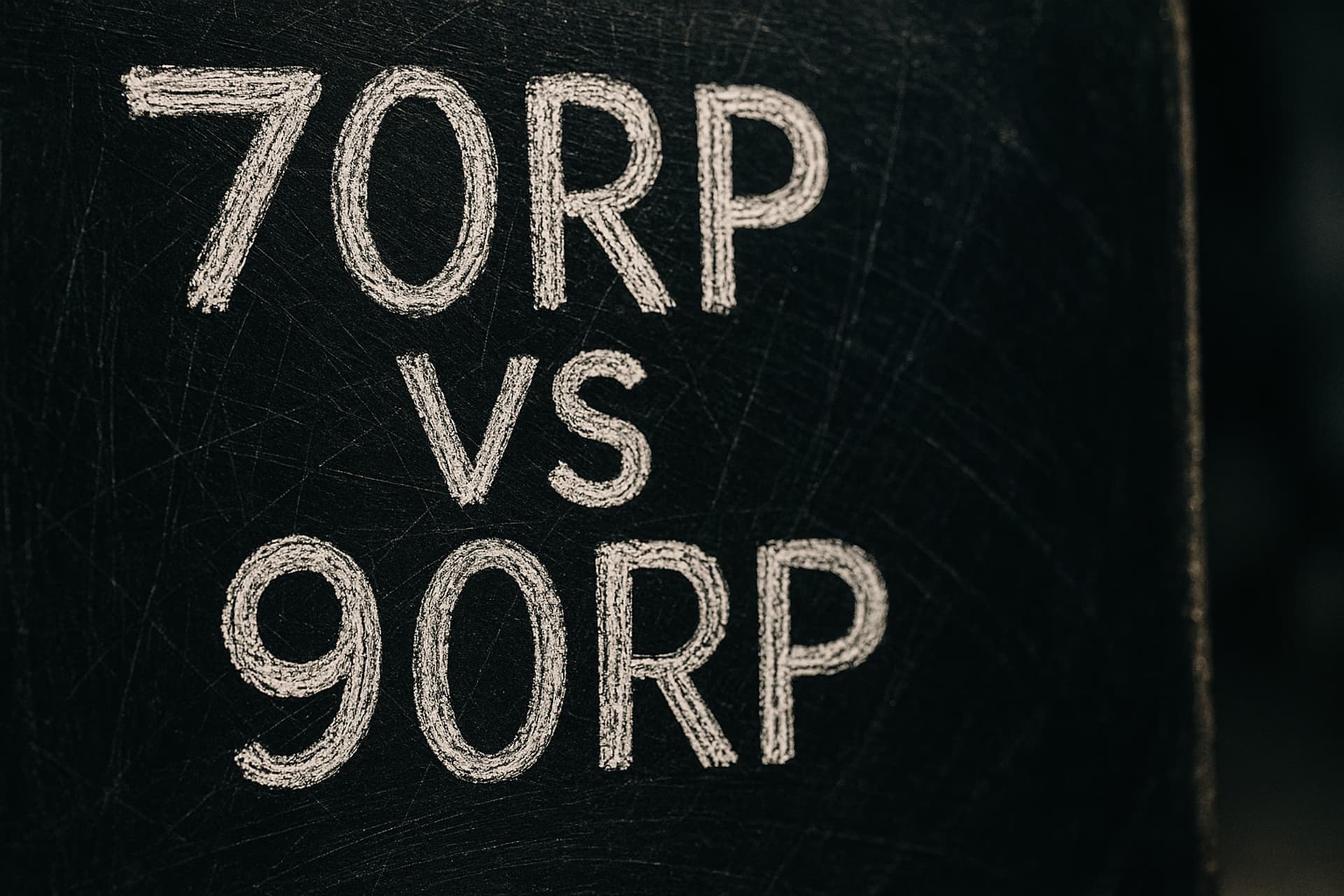O-Level Chemistry Observation Language Drill Sheets
Download printable cheat-sheet (CC-BY 4.0)09 Nov 2025, 00:00 Z
A
Reviewed by
Azmi·Senior Chemistry Specialist
Want small-group support? Browse our IP Chemistry Tuition hub.
TL;DR
Precise observation language is critical for PDO marks—vague phrases lose credit even when deductions are correct.
These drill sheets provide quick-fire prompts to practise describing colours, precipitates, and gas tests using vocabulary consistent with SEAB’s qualitative analysis notes.
Combine the exercises with Planning and ACE reflections to develop habit-forming lab notes.
Anchor to the Experiments Hub
Use these language drills alongside the rest of our O-Level Chemistry Experiments hub so the vocabulary you practise here flows straight into titration, qualitative analysis, and gas-test write-ups.
1 | Why phrasing matters
- SEAB’s qualitative analysis notes define standard descriptors (“light blue precipitate, soluble in excess ammonia to give a dark blue solution”) and Paper 3 expects candidates to echo them accurately (SEAB 2026 syllabus, pp. 29 – 30).
- PDO assessment looks for complete, objective statements—colour, state, solubility, gas behaviour—without subjective language.
- Practising phrasing now reduces hesitation when writing under time pressure.
2 | Drill format
For each prompt:
- Write the observation in one line, including colour, state, and behaviour in excess reagent.
- Add a follow-up line indicating the likely ion/gas (optional).
- Time yourself—target 30 s per observation.
- Review against the suggested answers to tighten phrasing.
3 | Cation observation drills
| Scenario | Write your observation | Suggested phrasing |
| Add aqueous sodium hydroxide to solution A: blue precipitate forms, dissolves in excess, and the mixture turns deep blue. | “Light blue precipitate formed; soluble in excess NaOH to give a deep blue solution (Cu²⁺).” | |
| Add aqueous ammonia to solution B: green precipitate that remains even after adding excess reagent. |




